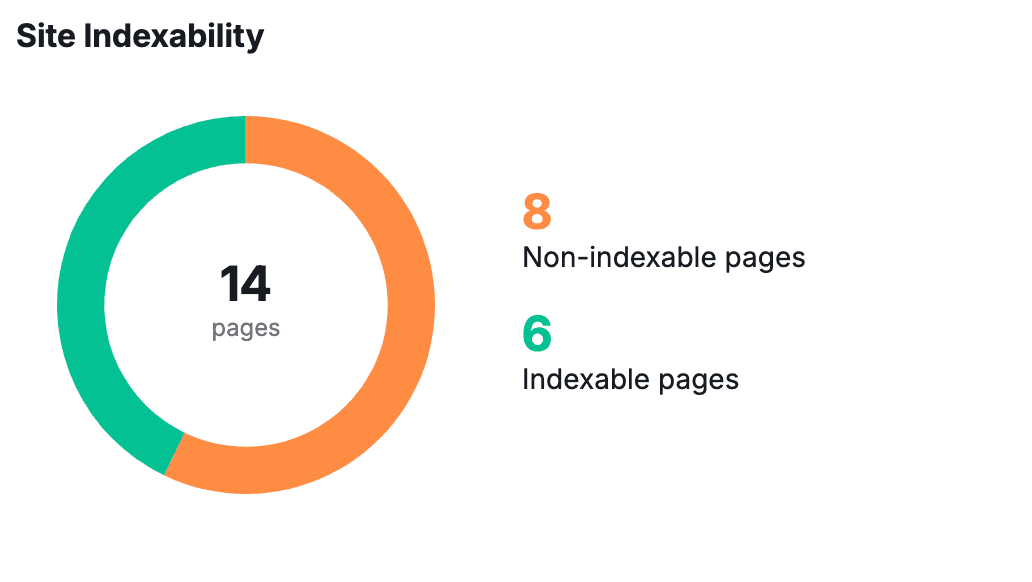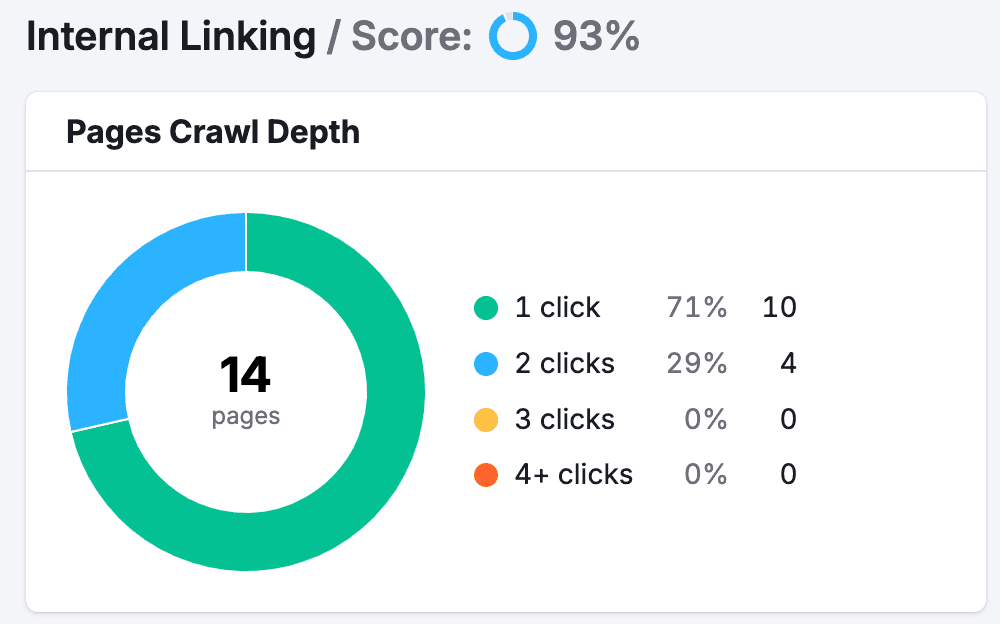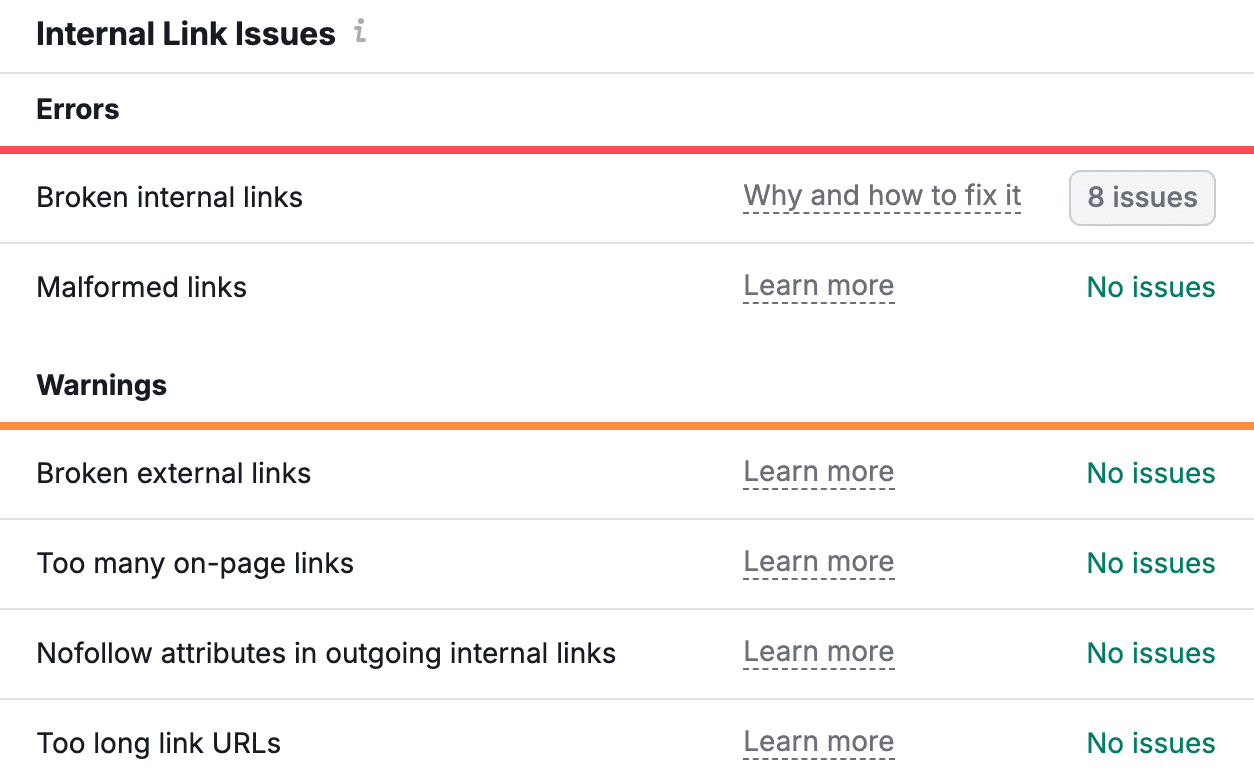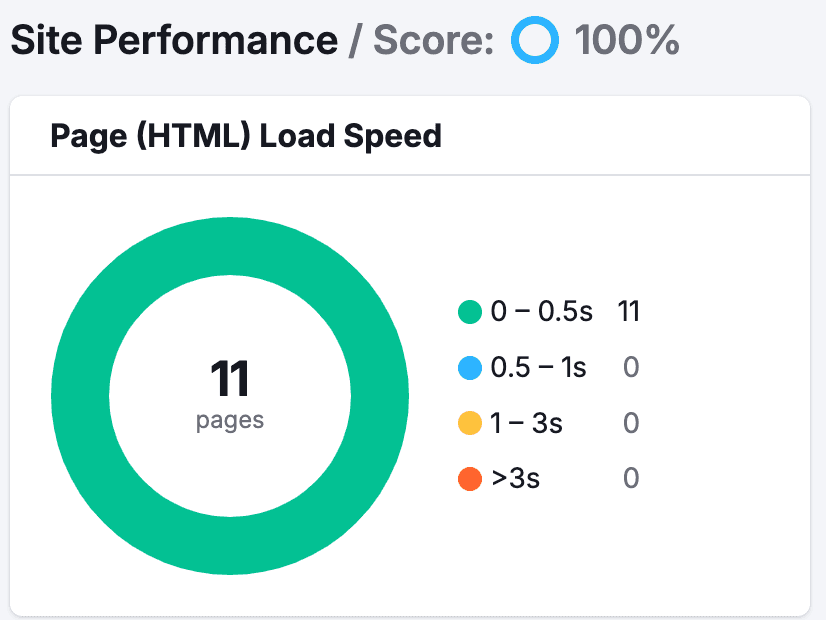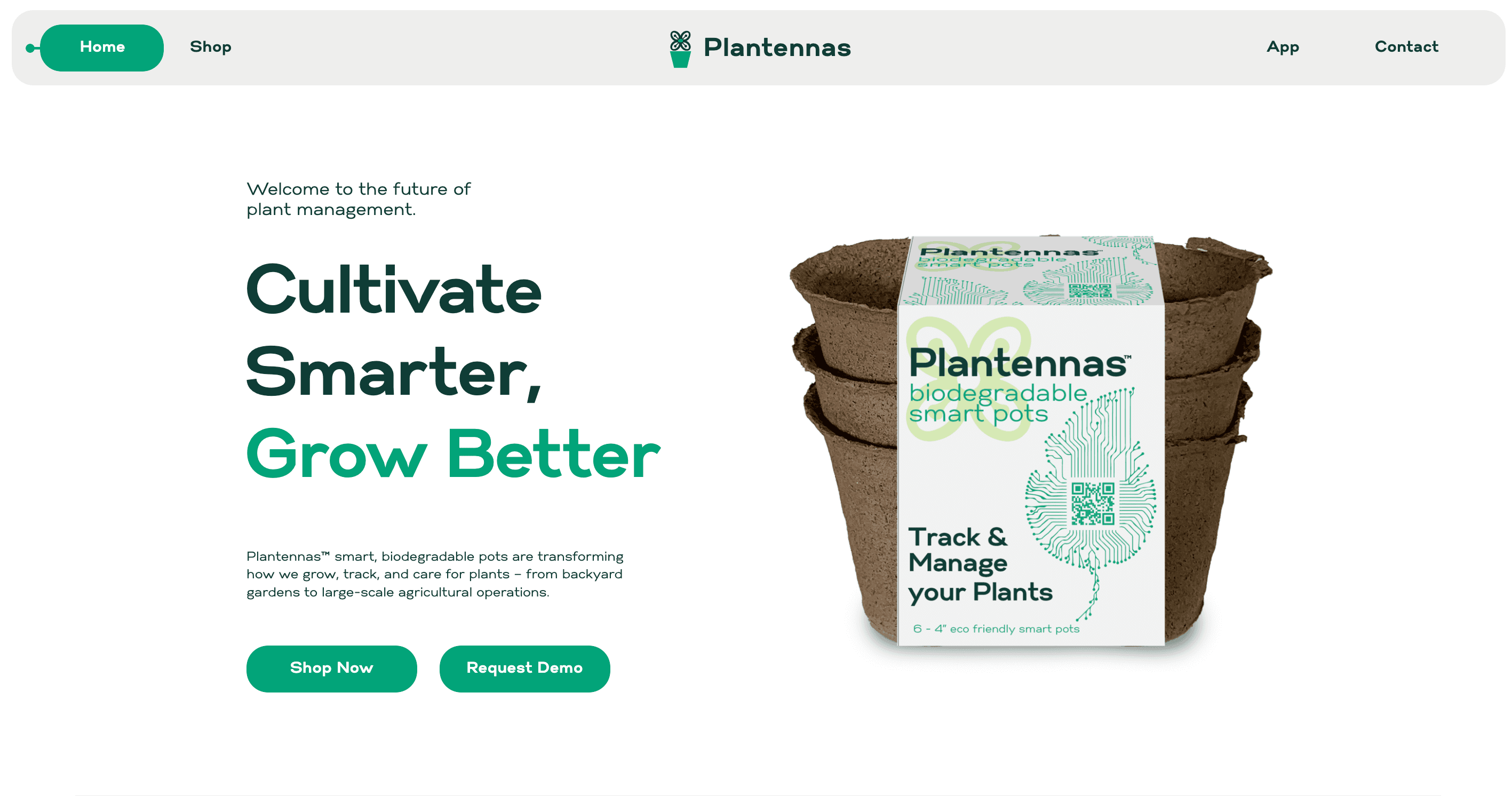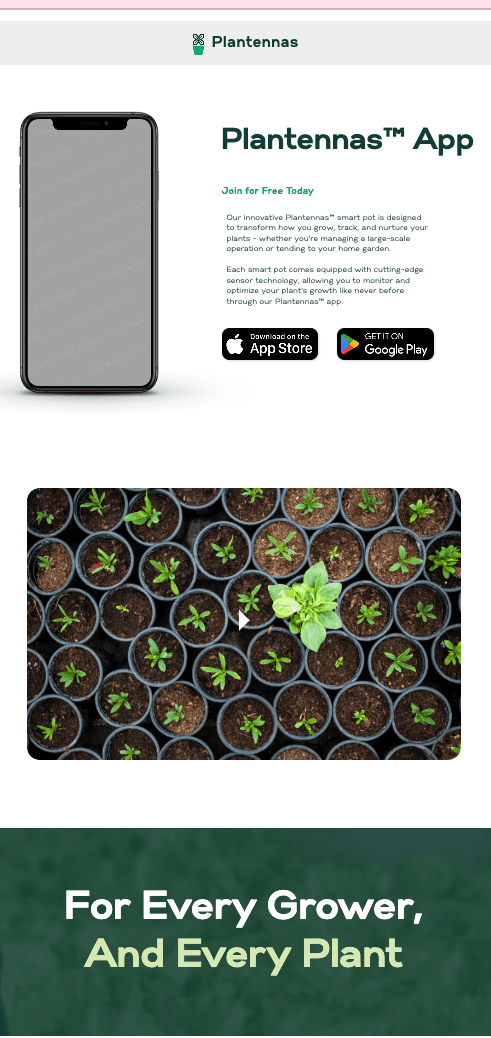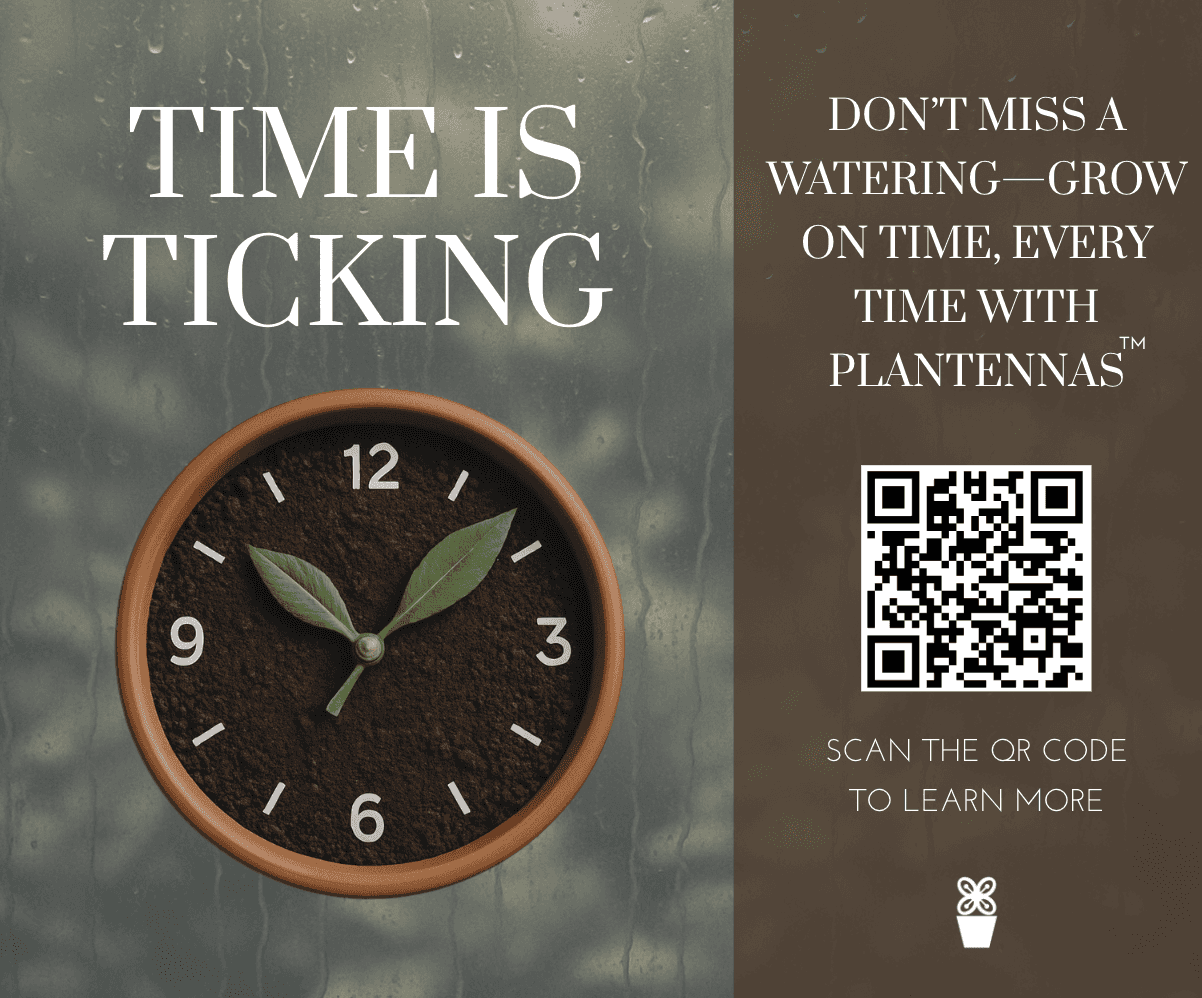Technical SEO Audit
Website Crawlability & Indexing
Robots.txt: Present and allows crawling. No major issues detected.
XML Sitemap: Only 5 pages listed, while 14 are crawlable.
Action: Update and resubmit a complete sitemap to Search Console.Indexing Status: Not provided directly, but 14 pages were crawled; indexing status should be verified in Google Search Console.
Robots Meta Tags: Not flagged as an issue in SEMrush.
Crawl Budget Optimization: No significant blockers detected; however, minimize unnecessary 4xx and 3xx responses.
Crawl Errors: 3 pages returning 4xx status.
Action: Fix or redirect broken URLs.
Site Architecture
URL Structure: Generally clean and readable.
Internal Linking: Needs improvement; 8 broken internal links reported.
Action: Fix all broken internal links and improve link equity across deeper pages.
Site Depth: 71% of pages reachable within 1 click, which is optimal.
Navigation Structure: Not fully detailed; ensure logical and user-friendly main navigation.
Breadcrumbs: Not mentioned; consider implementing for better UX and crawlability.
Category/Tag Organization: Not reviewed in detail; ensure it supports content discoverability.
Technical Performance
Page Speed: Rated 100% performance; fast load times.
Mobile Responsiveness: The site displays correctly and functions well on all mobile devices.
Core Web Vitals: Core Web Vitals show strong performance in visual stability, with minor improvements needed in load time and interactivity.
HTTPS: Implemented, but sitemap still contains HTTP URLs.
Action: Replace all HTTP references.
Server Response Time: Appears stable; no downtime or timeouts reported.
Hosting Performance: Acceptable as per current crawl data.
Content Structure
HTML Markup: Basic markup present; no schema data detected.
Header Hierarchy: Not analyzed in detail; review H1-H6 usage across pages.
Meta Titles & Descriptions: Not included; review length, relevance, and keyword alignment.
Image Alt Text: Not mentioned; check for missing alt attributes to improve accessibility and SEO.
Structured Data: Absent.
Canonical Tags: 5 pages missing canonical; 4 point to other pages.
Duplicate Content: No duplication issues reported.
URL Analysis
Broken Links: 3 internal 404s detected.
Action: Remove or redirect.
Redirect Chains: One 3xx response noted.
Action: Avoid chaining.
URL Parameters: Not analyzed.
URL Length & Structure: Clean and SEO-friendly.
Dynamic URLs: Not highlighted; minimal usage is recommended.
Orphan Pages: Not specified; audit content to ensure all pages are internally linked.
Mobile Optimization
Mobile-first rendering: Mobile-first rendering is functioning correctly.
Viewport configuration: Viewport is properly configured for responsive design
Mobile usability: Load time is poor (4.26s), interactivity needs improvement (218ms), visual stability is great (0.00).
Touch element spacing: Touch targets are well-spaced and mobile-friendly.
Mobile navigation: Mobile navigation is responsive and user-friendly.
Accelerated mobile pages (AMP): No AMP detected on the site.
Download the Plantennas App!
Google Ads SEM Campaign
This urgency-driven ad plays on the idea of time slipping away while your plants wait. It's perfect for busy professionals who want to stay on top of care routines without stress.
"Time Is Ticking – Grow Smarter with Plantennas"
Campaign Objective
Drive conversions and brand awareness by promoting RFID-enabled smart pots for plant care. Target users searching for smart and sustainable gardening tools.
Headline
"Time Is Ticking"
Description
"Don't miss a watering-- grow on time, every time with Plantennas"
AD Extension
Image Extension (Visual Element): The visual clock made of soil and leaves functions as an eye-catching image extension.
QR Code (Interactive Call-to-Action): While not an official ad extension, this serves a similar purpose to a sitelink or callout extension, by driving users to take immediate action.
Call-to-Action Messaging ("Don’t Miss a Watering…"): This description plays the role of a Callout Extension, reinforcing value and urgency.
On-Page SEO Recommendations
To optimize on-page SEO for Plantennas™, each webpage should have a clear, keyword-rich title tag and a unique meta description that highlights benefits and encourages clicks. Use one H1 tag per page with core keywords, and structure content with H2s and H3s like “How It Works” or “Eco-Friendly Materials” for clarity and SEO alignment.
Content should naturally include keywords such as “smart plant pots,” “RFID gardening,” and “plant care technology,” while remaining informative and engaging. URLs should be short, descriptive, and use hyphens. Optimize images with compressed file sizes, descriptive filenames, and keyword-rich alt text.
Include internal links to related content using natural anchor text and build a simple link structure that supports navigation. Ensure fast page load times, mobile responsiveness, and HTTPS security. Add schema markup for product details, FAQs, and blog content to improve visibility in search results.
Finally, format content for readability using short paragraphs, bullet points, and clear CTAs like “Shop Now” or “Start Tracking.” A well-organized layout, strong keyword use, and thoughtful user experience will boost search rankings and drive conversions.
Keyword Research and Analysis
Plantennas™’ keyword strategy focuses on targeting search terms that align with smart gardening, RFID technology, and sustainable plant care. It begins with researching relevant keywords like “RFID plant pots,” “smart gardening tools,” and “eco-friendly planters,” along with long-tail phrases such as “how to track plant growth with technology.” These keywords are categorized into product-focused, informational, and branded terms, then mapped to content areas like blog posts, product pages, and paid ads. The strategy prioritizes low-competition, high-intent keywords to build organic visibility while incorporating terms into titles, meta descriptions, and on-page content naturally. Success is tracked through rankings, traffic, and conversion rates, with adjustments made based on performance trends and seasonal demand for gardening products.

